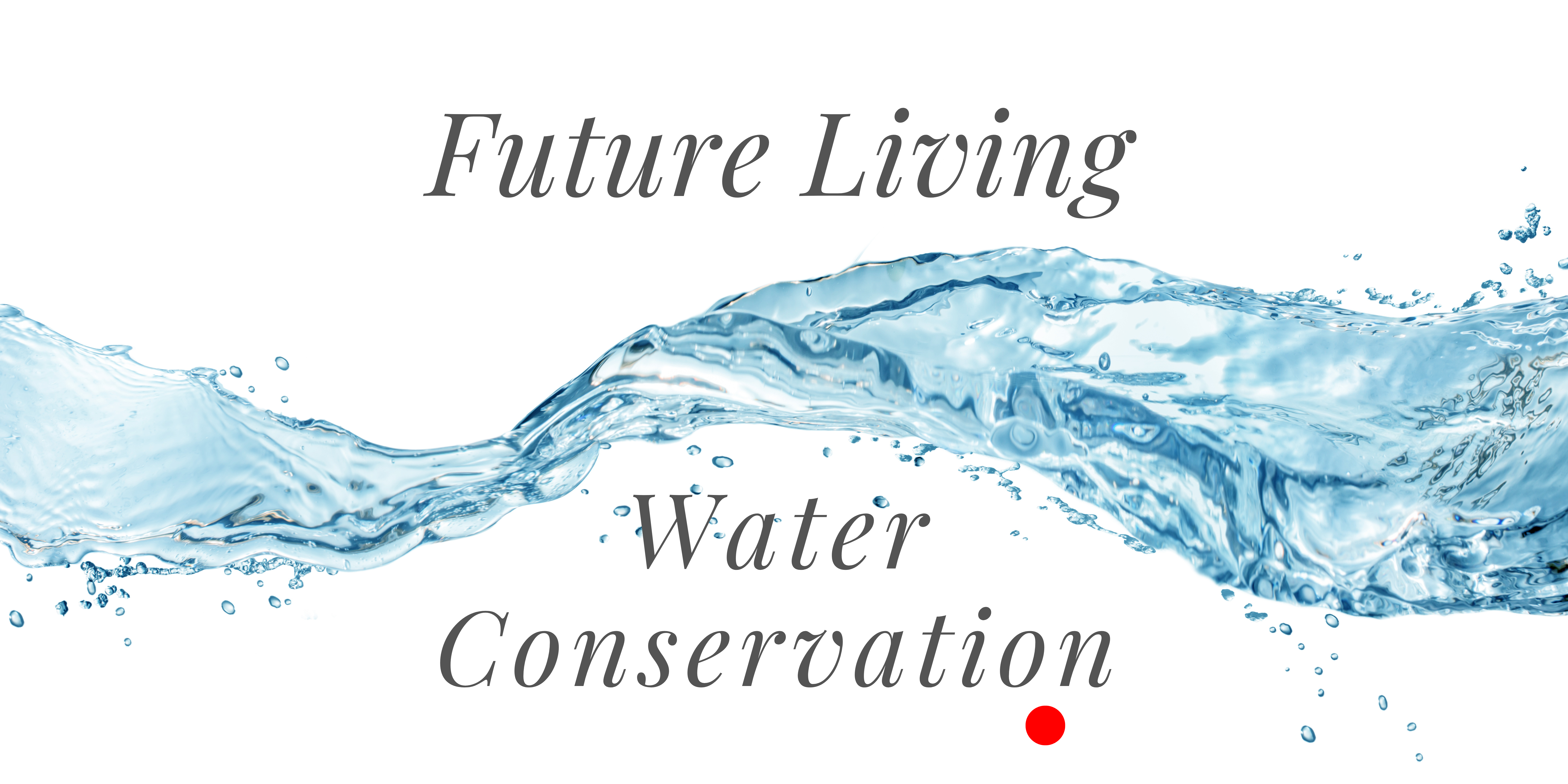In late 2017, Cape Town nearly became the first major city in the world to run out of water, when dam levels were dangerously low, hovering between 15 and 30 percent of the total dam capacity. Restrictions were put in place to save water, limiting personal consumption to just 87 litres a day, and banning outdoor and non-essential use of potable water. Thankfully, after strong rains in mid-2018, restrictions were eased and lifted.
However, with the unpredictable nature of climate change as well as a global shift toward sustainable, eco-conscious living, South Africans should keep their homes as water-wise as possible. We can take concrete steps in our homes that make a real difference. You'll find that your water usage drops significantly over time by making small changes like installing water-wise fixtures, planting an indigenous garden or installing a rainwater catchment system.
In the second part of our series on future living, we’ll look at a few ways that you can create a water-wise home, saving on bills and lowering your reliability on municipal water.
CREATE AN INDIGENOUS GARDEN
Indigenous plants are typically better adapted to the local climate, requiring less water and fertilisers. They are also more resistant to pests and diseases, so they require less maintenance and effort to create a lush, thriving garden.
INSTALL A BOREHOLE
A borehole provides access to groundwater stored in shallow aquifers or other subterranean formations. While installing one can be costly, it supplies unlimited access to non-potable water that can be used for gardening, washing cars and watering the grass.
USE A DRIP IRRIGATION SYSTEM
A drip irrigation system will deliver water directly to your plants' roots through frequent droplets of water, minimising water loss through evaporation.
INSTALL A RAINWATER CATCHMENT SYSTEM
Rainwater catchment systems became common during the drought with JoJo tanks now a feature in many homes. Rainwater collected from roofs can be used for irrigation, toilet flushing, filling a pool or cleaning. It is a free, renewable resource, and can save you hundreds of litres of municipal water annually.
LOW-FLOW FIXTURES
Low-flow showerheads and taps are easy to install and maintain and are designed to use a reduced amount of water to deliver the same level of performance, lowering wastage when brushing teeth or washing hands.
INSTALL A GREYWATER FILTRATION AND RECYCLING SYSTEM
Greywater, the gently-used water that goes down your drain after you’ve taken a shower, bath or washed your laundry, can be treated through a filtration and recycling system, and then reused for specific purposes.
A greywater system filters the water using a highly effective multi-stage filtration system to remove hair and other scum. The filtered greywater is then used in toilet cisterns or for watering gardens, creating an efficient irrigation system. Greywater, treated or untreated, should never be consumed or touched due to the pathogens present, and always be reused within 24 hours. Never reuse water from toilets or kitchens.
With these simple changes to your home and garden, you can create more efficient water usage in your home, saving money and decreasing your dependence on the city’s water supply.

